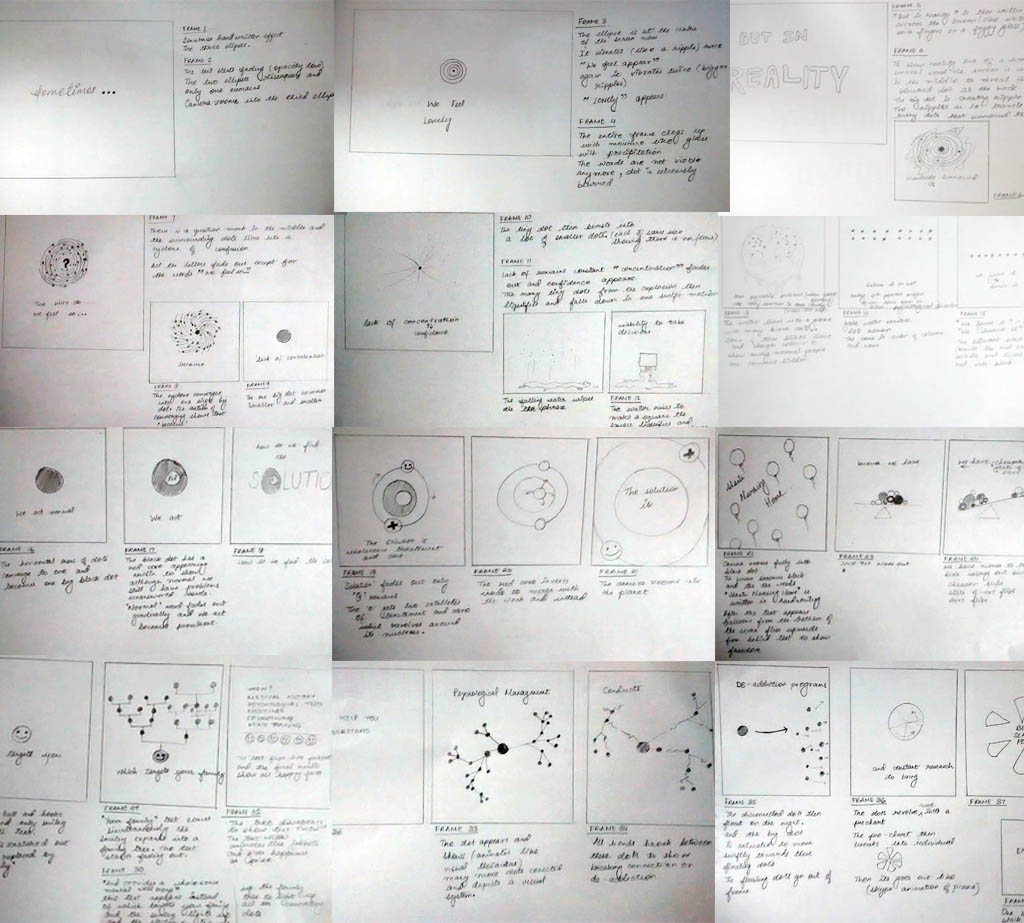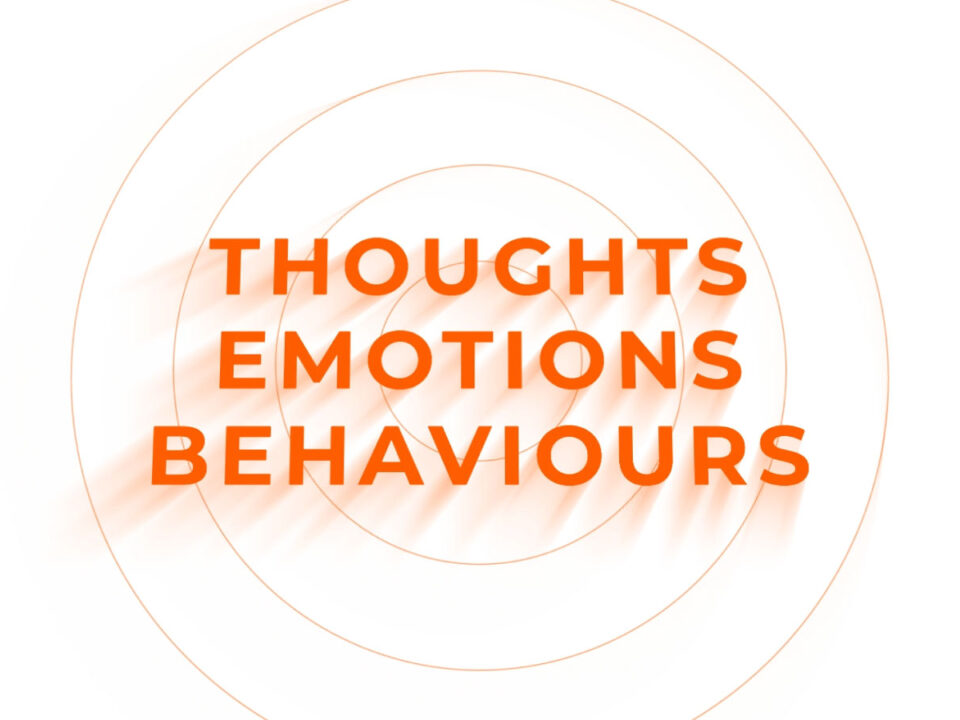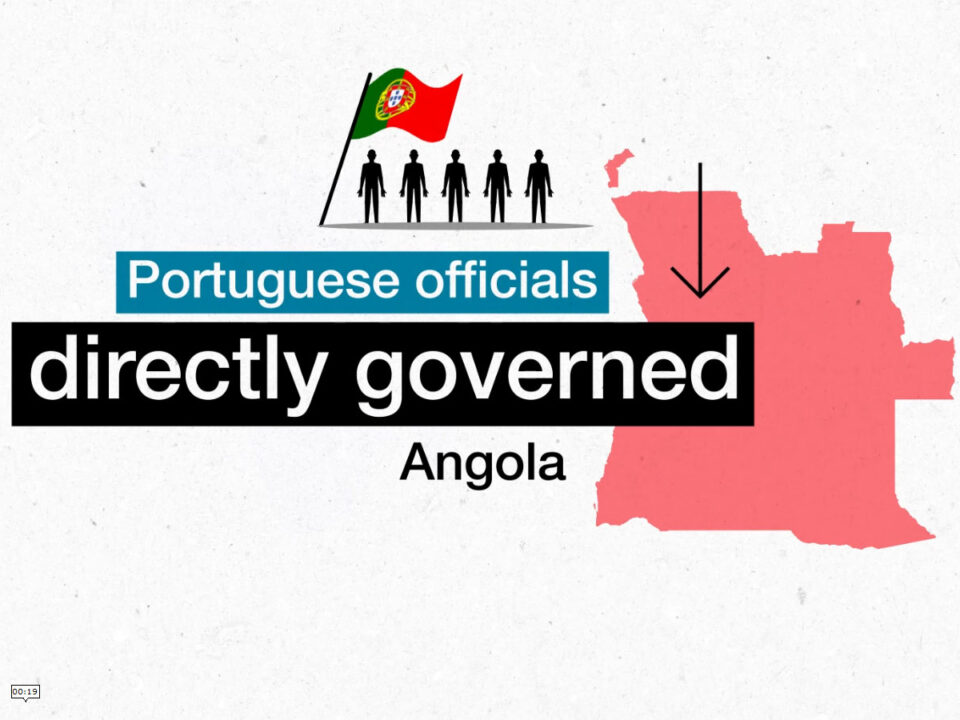Description
Consulting, Research, Animation, Implementation
Technologies
Photoshop, After Effects
Honors
The video was showcased at 5th International Conference on Transforming Healthcare with IT, 2014, Kolkata (organized by Apollo Hospital, Kolkata)
Problem
There is a lack of awareness and open dialogue in society regarding mental and psychological disorders, which is further compounded by deep-rooted social stigmas. This leads to reluctance among individuals to seek necessary healthcare and support. The project aims to address this issue by creating an engaging animation video that effectively communicates different types of psychological problems, psychiatric symptoms and addictions.
Solution
The video uses a simple, universal metaphor – a single dot representing “you” – to illustrate how common psychological problems and psychiatric symptoms can affect anyone. By animating a dot that “feels disturbed” and asking “Why do you feel so?”, it normalizes struggles like low confidence, decision-making difficulties, anxiety, insomnia, paranoia, depression, addictions (e.g. drinking, smoking), etc. It emphasizes that these issues occur across all ages (children, adolescents, adults) and reminds viewers that “every 4th person” experiences such problems. This kind of educational storytelling and visual simplicity breaks down stereotypes – it helps people see mental health challenges as familiar, relatable experiences rather than something to be ashamed of. In short, the video’s key concept is to raise awareness that mental health issues are widespread and treatable, using clear visuals and facts to counter myths and fear.
-
Universal Symbolism: The dot metaphor makes mental health issues feel personal yet universal, encouraging empathy.
-
Normalizing Statistics: Highlighting prevalence (e.g. “every 4th person suffers…”) underscores that mental disorders are common, reducing the sense of “otherness.”
-
List of Signs: Presenting everyday symptoms (lack of confidence, stress, sleep problems, etc.) shows that many small struggles can have psychological roots.
-
Directly Confronting Stigma: Phrases like “We are ignorant about it” and “We neglect” call out common attitudes. This aligns with evidence that fear and ignorance drive stigma and delay seeking help.
Shanti Nursing Home’s Holistic Solution
After outlining the problem, the video introduces Shanti Nursing Home’s integrated care approach as the solution. It lists facilities and services under one roof: IPD/OPD care, psychometric testing, counselling, rehabilitation, a de-addiction center, child guidance, a day-care unit, etc. The message is: mental health care should be comprehensive and supportive, not rigid. Key points of this solution include:
-
Comprehensive Care Model: Emphasizing “not just rigid treatment but comprehensive care” that addresses the individual and their family. This family-centered, personalized approach helps overcome social fears about treatment.
-
Diverse Services: Providing a range of therapies (counseling, rehab, behavioral therapy, inpatient/outpatient options) makes help accessible. Evidence shows that community-based and integrated services (bringing mental health into primary and community care) reduce stigma and increase service use.
-
Ongoing Education & Research: Stating “we do constant research to provide better services” highlights a commitment to evidence-based care, which builds trust.
-
Encouragement & Call to Action: The video closes with “Help us to help you,” directly inviting people to seek support. Such positive messaging can motivate those hesitant due to stigma.
By combining clear information with a caring message, Shanti Nursing Home’s approach mirrors proven anti-stigma strategies: using educational media to challenge myths and making treatment feel normal and accessible.
Storyboard






